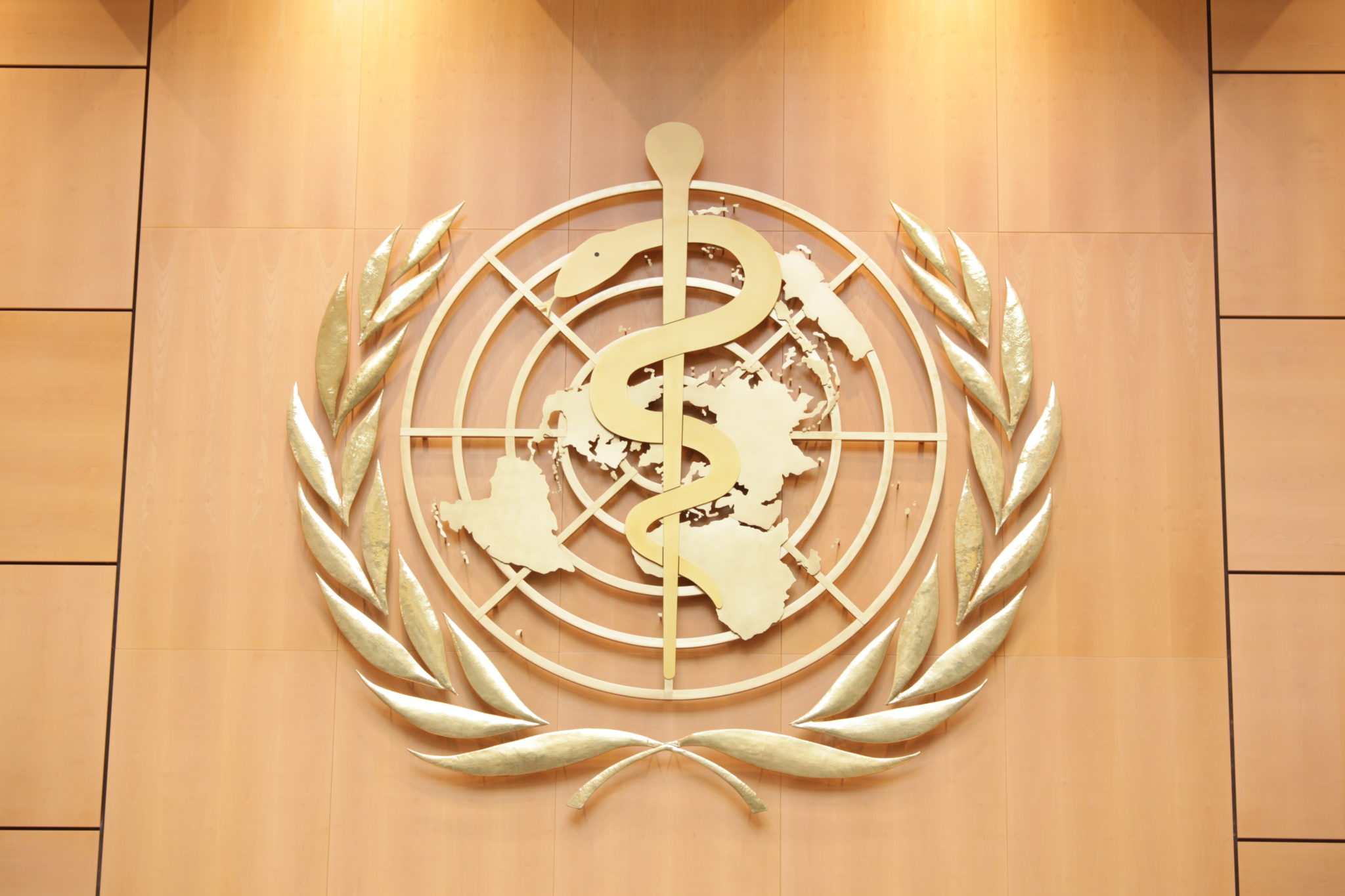Despite 8 million annual smoking-related deaths, the World Health Organization (WHO) seems to have decided that it doesn’t have to deal with safer nicotine alternatives until 2023.
On August 5, the WHO’s Framework Convention on Tobacco Control (FCTC) released an annotated provisional agenda for COP9—its upcoming, virtual conference of the 182 parties that make up the convention. COP is held every two years.
“The Bureau decided that the reports prepared by WHO (Comprehensive report on research and evidence on novel and emerging tobacco products, contained in document FCTC/COP/9/9) and by the Convention Secretariat (Challenges posed by and classification of novel and emerging tobacco products, contained in document FCTC/COP/9/10), should be presented for information and that related substantive discussions should be deferred to COP10 [in 2023],” the provisional agenda reads (emphasis my own).
That bureaucratic jargon essentially suggests that the WHO can continue to do what it’s been doing: brushing aside mounting evidence that vaping is much less harmful than smoking.
Of course, none of this is shocking. The WHO has long been sitting far up in the bleachers, cheering on one team: the prohibitionists. The agency appears dead set on a perpetual campaign of ignorance, delaying open debate as many governments stay confused and hostile toward vaping and other low-risk nicotine alternatives.
“Whether it’s their incompetence or by design, the FCTC Secretariat seems intent on ensuring that 8 million or more people per annum will continue to die.”
“The Framework Convention on Tobacco Control should be renamed the framework convention on population control,” Dr. Marewa Glover, the director of the independent Centre of Research Excellence: Indigenous Sovereignty & Smoking (COREISS) in Auckland, New Zealand, told Filter.
“Whether it’s their incompetence or by design, the FCTC Secretariat seems intent on ensuring that 8 million or more people per annum will continue to die from using tobacco in harmful ways,” added Glover, whose work has focused on disproportionate smoking rates among Indigenous peoples. “The new nicotine and tobacco products provide the fastest route to prevention of this death toll and the FCTC is set on complete prohibition and delaying any challenge to their position.”
The WHO has taken an anti-THR stance time and time and time again, seemingly refusing to incorporate “harm reduction strategies” into its policy, even though it’s included in the agency’s definition of “tobacco control.” This approach generally entails the organization pushing for regulations that will end up destroying less-dangerous alternatives to smoking—particularly in low- and middle-income countries whose governments are more susceptible to the whims of foreign billionaires, and where a majority of the world’s smokers live.
Dr. Charles Gardner, the executive director of INNCO, a global nonprofit that supports the rights and well-being of adults who use safer nicotine, laments that his organization has still never been able to attend the conference, even as observers.
“We are trying to raise public attention to the fact that this system is broken,” Gardner told Filter. “We, the very people who are affected by recommendations that come out of these events, have no voice. We are denied a seat at the table, on the assumption that we are biased, while NGOs that are clearly biased against tobacco harm reduction, and countries with state-owned tobacco companies, are both welcomed with open arms in FCTC debates and decisions.”
Most recently, in late July, the WHO put out its eighth report on the global tobacco “epidemic” and emphasized the “need to tackle threats posed by new nicotine and tobacco products.” Immediately, THR proponents lambasted the position, in no small part because it was funded by Bloomberg Philanthropies, which is seen as a well-financed, trenchant group that pushes nothing but prohibitionist policies.
A lot will happen between now and 2023.
In the United States, the Food and Drug Administration (FDA) has signaled that it will finally issue decisions on premarket tobacco product applications for at least the major vape manufacturers by September 9, and it’s largely expected that they will be approved in some capacity, with the designation of being “appropriate for the protection of public health.” Meanwhile, in the United Kingdom, the government has unveiled a plan for the country to be smoke-free by 2030, and has embraced vaping and other low-risk nicotine options—so much so that Philip Morris International (PMI) recently announced it intends to stop selling cigarettes in the nation within the next decade.
Yet, as the WHO sticks to its anti-vaping pronouncements, more and more lower- and middle-income countries will surely ban the sale of vaping products.
“Whatever the timetable, we can rely on WHO to produce anti-vaping propaganda and push for vaping prohibition at every COP, casually and carelessly putting millions of lives at risk,” Clive Bates, a tobacco control expert and former director of Action on Smoking and Health (UK), told Filter. “The problem isn’t what goes into the meeting agenda, but the fact that WHO actually wants to ban vaping while cigarettes are available everywhere.”
Photograph by United States Mission Geneva via Flickr/Creative Commons 2.0
INNCO, COREISS and The Influence Foundation, which operates Filter, have received grants from the Foundation for a Smoke-Free World. The Influence Foundation has also received unrestricted grants from PMI. Filter’s Editorial Independence Policy applies.




